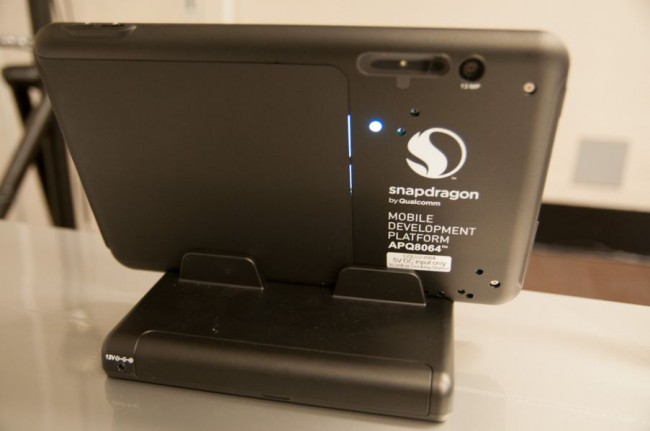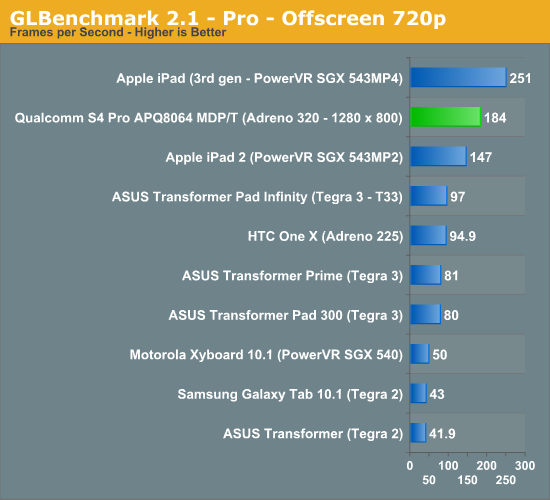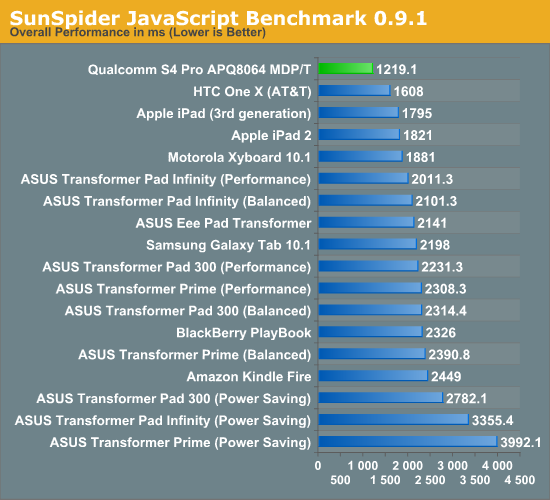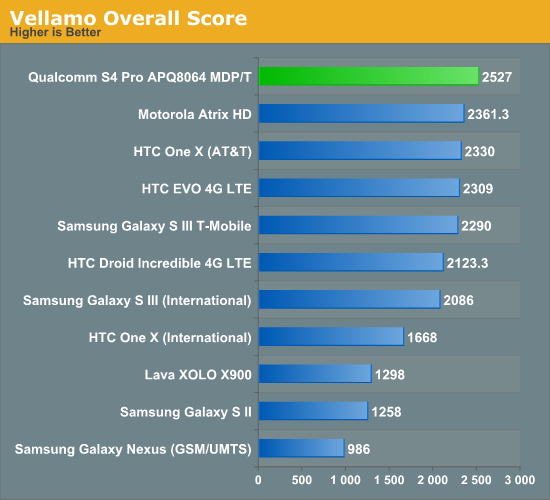Solar may be the green energy source that’s been hogging the headlines lately, but there are other fossil-fuel free ways that can help meet society’s electrical needs. One of these is tidal power, and the US is set to start harnessing the ocean’s electricity-generating potential this summer with the TidGen Cobscook Bay project — the first such commercial project in the States. Located just off the coast of Eastport, Maine, turbines will be placed in 50-100 feet deep water to take advantage of the 100 billion tons of water that flow in and out of Cobscook Bay each day. When the project goes live, it’ll feed into the public power grid and generate enough juice to power between 75 and 100 homes, and the plan is to eventually install enough turbines to generate 3MW of power — which should cover the needs of over 1,000 homes and businesses. There’s more info, plus plenty of political self-congratulation in the source below.
from Engadget












